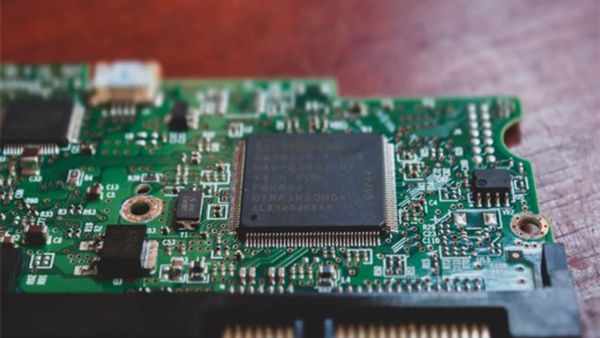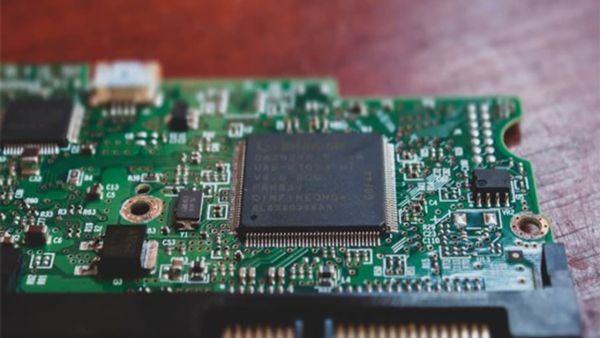

India hosts 20% of global chip design engineers, playing a key role in the semiconductor sector. Major companies like Qualcomm and Intel have established R&D centers in India.
Around 20 per cent of the world's chip design engineers are based in India, making the country a crucial player in the global semiconductor design ecosystem, according to a report by Bastion Research. The report highlighted that India has already established itself as an important part of the global semiconductor design chain.
It stated, “India is already an important piece in the global semiconductor design. You may be surprised to know that approx. 20 per cent of the world's chip design engineers are based here.”
Global players such as Qualcomm, Intel, Nvidia, Broadcom, and MediaTek have large research and development and design centres spread across Bengaluru, Hyderabad, and Noida.
This strong presence of global technology leaders has enabled India to become one of the world's leading hubs for semiconductor design.
Explaining the global division of work, the report noted that engineers in the United States focus on defining the high-level architecture of chips. They answer critical questions such as what kind of chip to build, who will use it, whether it is for a smartphone, a server, or a self-driving car, what features should be included, and what performance and power targets need to be achieved.
They also look into product strategy, including when to launch, whom to sell to, and how to stay ahead of the competition. Essentially, U.S. engineers sketch out the "what" and the "why" of chip development.
On the other hand, engineers in India step in once these high-level technical and strategic questions are decided. India's engineering teams handle a large part of the actual building process.
Their responsibilities include translating the architecture into working logic, simulating and testing the chips, optimising them for speed and power, writing drivers and firmware to ensure compatibility with real devices, and supporting and fine-tuning electronic design automation (EDA) tools that the industry relies on.
While this may look like a division of labour, the report clarified that it is not a "boss versus worker" setup. Instead, the U.S. defines the architecture and product strategy, and India executes the implementation with scale and precision.
The report also pointed out India's growing policy push to strengthen its semiconductor ecosystem. In 2021, the government launched the Semicon India Programme, also known as the Indian Semiconductor Mission (ISM) 1.0, with incentives worth around Rs 76,000 crore to attract global manufacturers.
Though there has not been much progress yet in establishing semiconductor fabrication facilities in India, the country's ambitions are taking shape.
With its large pool of engineers, strong design capabilities, and supportive government policies, India is steadily carving out a significant role in global semiconductor value.
-
Panchak September 2025: What work should not be done by mistake in death Panchak?

-
Sidharth Malhotra, Kiara Advani’s Daughter’s Photos Leaked? The Truth Behind the Viral Buzz

-
207 crore house, 5 beach house+luxury cars … Mitchell Starc’s earnings will be shocked! , Mitchell Starc Luxury Home Wort Rs 207 Crore Know Net Worth And Income Sources

-
Trump tariff will not be seen here, sugar stocks run up to 20% due to a government decision

-
SBI, BoB, PNB & Other Banks Latest FD Rates For Senior Citizens: Check out maturity on Rs 8,00,000 deposit in 1-5 year FDs
